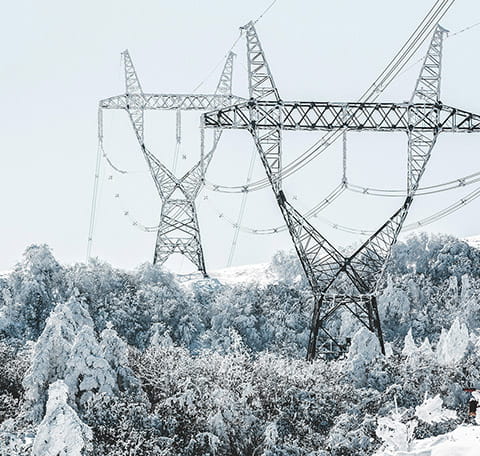
# Thermal Imaging Camera: Advanced Technology for Enhanced Vision
## Introduction to Thermal Imaging Technology
Thermal imaging cameras have revolutionized the way we see and interpret the world around us. These sophisticated devices detect infrared radiation emitted by objects and convert it into visible images, allowing users to “see” heat signatures that are invisible to the naked eye.
## How Thermal Imaging Cameras Work
Thermal cameras operate on a simple yet powerful principle: all objects emit infrared energy as a function of their temperature. The camera’s specialized sensors detect this energy and create a thermal image where different temperatures appear as varying colors or shades of gray. Unlike traditional cameras that rely on visible light, thermal imagers can work in complete darkness, through smoke, and in most weather conditions.
Key Components of a Thermal Imaging System
Modern thermal imaging cameras consist of several critical components:
- Infrared detector array (microbolometer)
- Optical system (lens assembly)
- Signal processing electronics
- Display unit
- User interface controls
## Applications of Thermal Imaging Cameras
Industrial and Building Inspections
Thermal cameras are invaluable tools for detecting heat loss in buildings, identifying electrical faults, and monitoring mechanical equipment. They can reveal insulation deficiencies, water leaks, and overheating components before they cause serious problems.
Security and Surveillance
Security professionals use thermal imaging for perimeter protection, search and rescue operations, and law enforcement applications. The ability to detect human presence regardless of lighting conditions makes thermal cameras particularly effective for nighttime surveillance.
Medical and Healthcare
Keyword: thermal imaging camera
In the medical field, thermal imaging helps with fever screening, inflammation detection, and circulatory system assessment. During global health crises, thermal cameras have been widely deployed for mass temperature screening.
Firefighting and Emergency Services
Firefighters rely on thermal imaging to see through smoke, locate victims, and identify hot spots in burning structures. These cameras can mean the difference between life and death in emergency situations.
## Advancements in Thermal Imaging Technology
Recent years have seen significant improvements in thermal imaging technology:
- Higher resolution detectors (up to 640×512 pixels and beyond)
- Smaller, more portable designs
- Integration with smartphones and tablets
- Improved battery life and wireless capabilities
- Advanced image processing algorithms
## Choosing the Right Thermal Imaging Camera
When selecting a thermal camera, consider these important factors:
| Feature | Consideration |
|---|---|
| Resolution | Higher resolution provides more detailed images |
| Temperature Range | Ensure it covers your expected measurement needs |
| Thermal Sensitivity | Lower values indicate better ability to detect small temperature differences |
| Lens Options | Different focal lengths for various applications |
| Connectivity | Wi-Fi, Bluetooth, or USB for data transfer |
## The Future of Thermal Imaging
As technology continues to advance, we can expect thermal imaging cameras to become even more accessible and capable. Emerging trends include:
- Integration with augmented reality systems
- AI-powered image analysis and automatic anomaly detection
- Further miniaturization for consumer applications
- Improved affordability for broader adoption